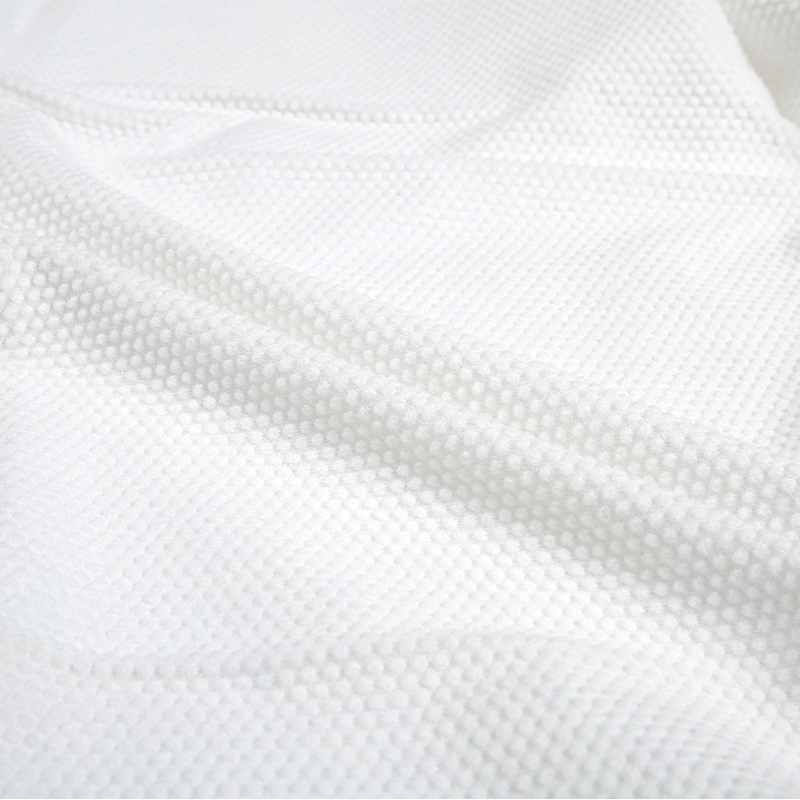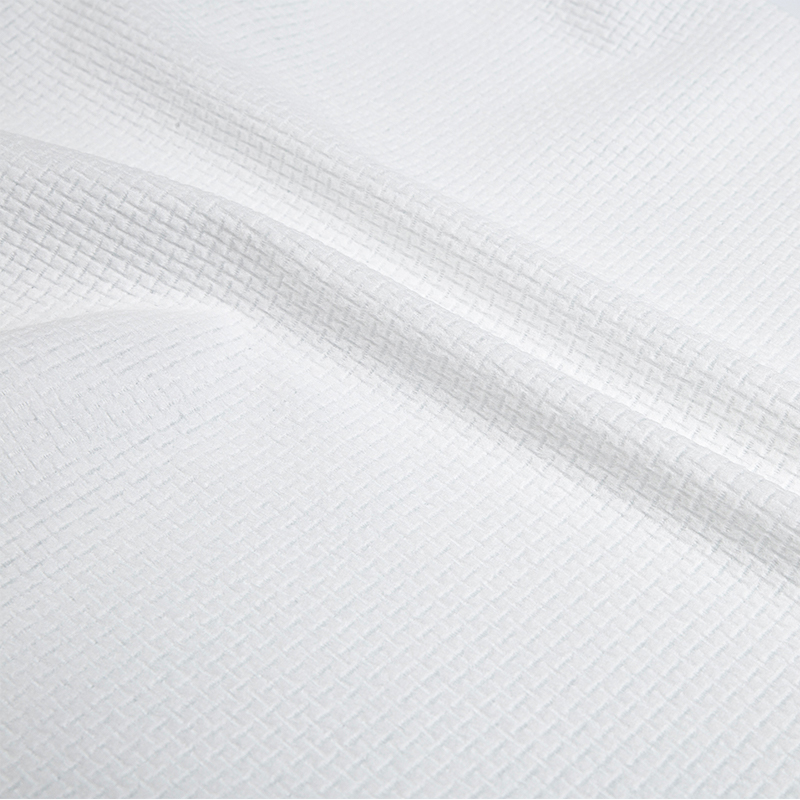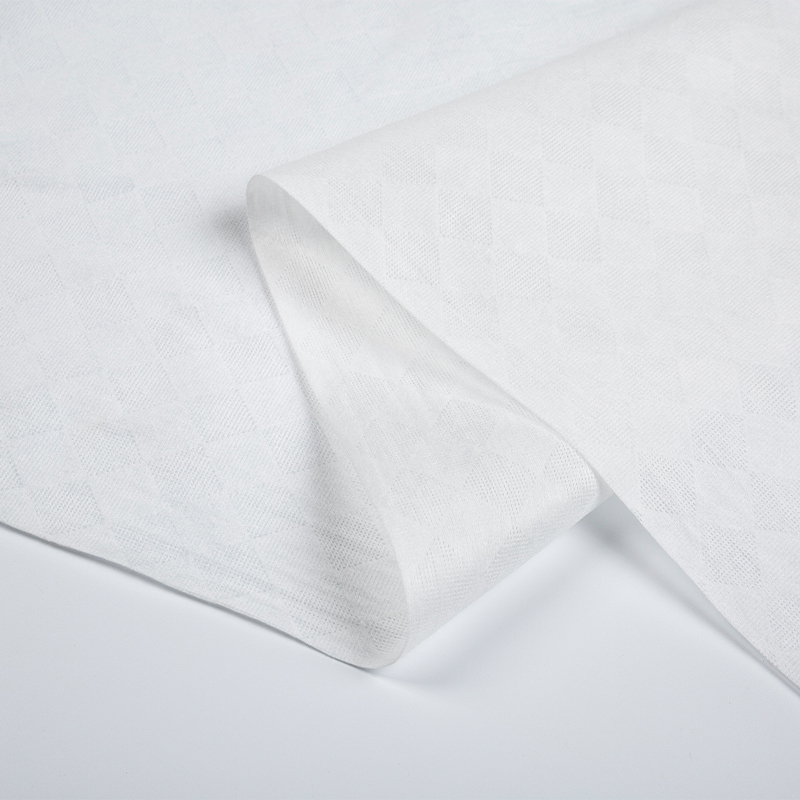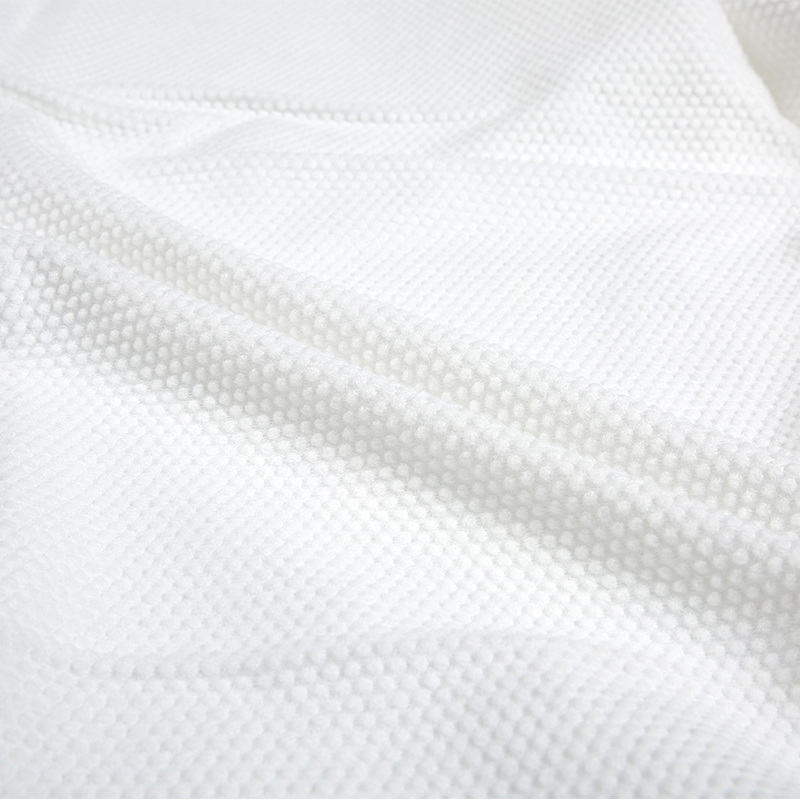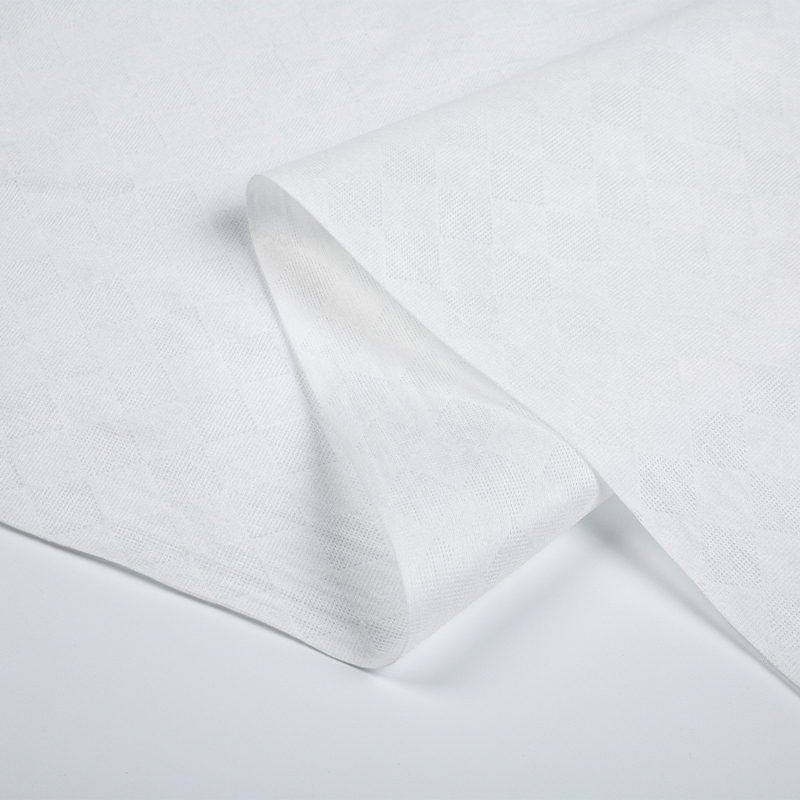Founded in 2022, Hangzhou Shunlong Nonwovens Technology Co., Ltd. is a professional China nonwoven fabric manufacturer and non-woven raw material factory
Wet wipes are nonwoven fabric products that are impregnated with a solution or liquid to make them wet and able to perform a variety of cleaning tasks. They are used in a wide range of industries and applications, including cleaning spills, washing hands, and wiping equipment. They are typically made of either paper or nonwoven fabric. While wet wipes are not as durable as a traditional cloth, they have a much higher absorption rate and can be washed multiple times before becoming dirty. They are also very easy to use, which makes them ideal for a wide range of applications.
While wet wipes are used for a variety of purposes, they can cause microplastic pollution in the environment if they are not discarded properly. This is because they are often fragmented in the wastewater treatment system and may then enter aquatic environments where they can be ingested by marine organisms. Therefore, it is important to understand the factors that influence microfiber generation/shedding from wet wipes so that they can be discarded effectively and minimize microplastic pollution in the environment.
To do so, we collected a number of commercial wet wipes that reflect the diversity of products produced and tested their physical, mechanical and liquid transport characteristics. The results showed that the material and manufacturing process of a wet wipe determine its propensity to shed microfibers in an aquatic environment.
A wet wipe that is a meltblown nonwoven fabric containing cellulose fibers is more likely to shed microfibers than a wet spunlace nonwoven that contains cellulosic and polyester blends. The reason for this is that the cellulose fibers in meltblown nonwovens have a larger diameter than those in wet spunlace nonwovens.
This leads us to question how the blending of different raw materials and manufacturing processes affects the propensity of wet wipes to generate and shed microplastics. We found that the physical and mechanical properties of the wet wipes were significantly affected by the composition and structure of their nonwoven webs. Specifically, wet spunlace nonwoven fabrics with a low entanglement strength and a high degree of openness exhibited the least propensity to shed microplastics when subjected to mechanical forces in an aquatic environment. This finding can help manufacturers and consumers make informed purchasing decisions to reduce the risk of microplastic pollution from wet wipes. In addition, it may guide the development of new wet wipe formulations that are more sustainable.
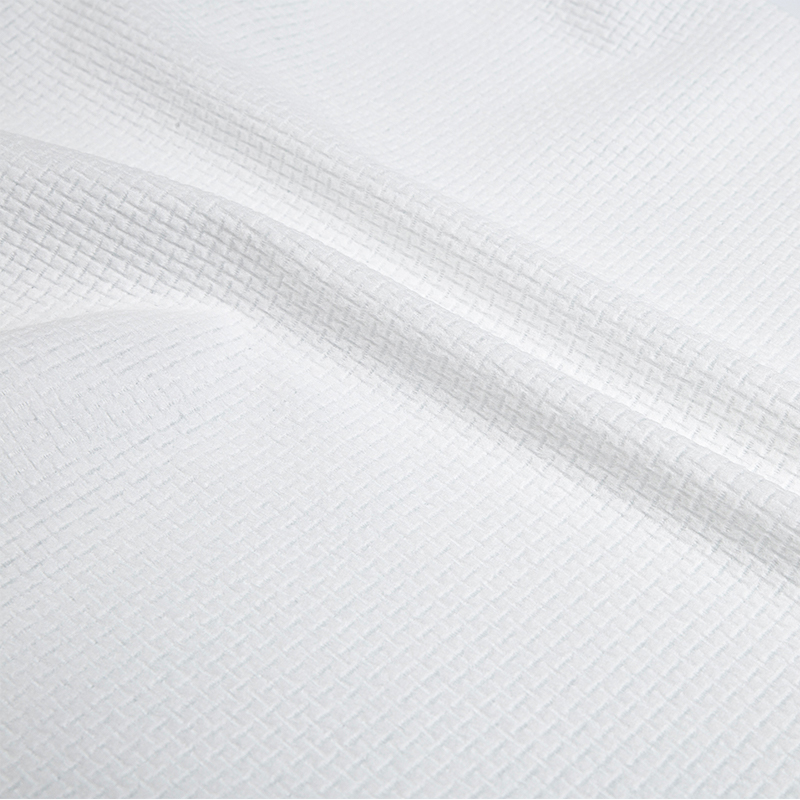


 English
English 日本語
日本語 русский
русский Español
Español